Ice On The Moon Leads Space Investigation Frenzy
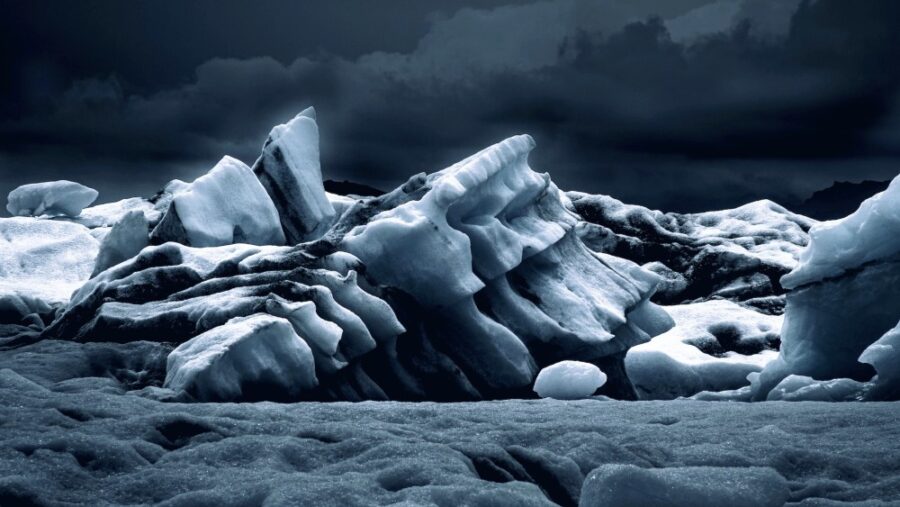
Thanks to recent reports of Apollo sample soils testing positive for hydrogen, scientists seem to be making massive breakthroughs in the search for ice on the moon. According to a write-up in Space.com, NASA and a host of other space-faring institutions have begun ramping up missions to confirm the existence of massive lunar glaciers hidden just beneath the satellite’s crust. As part of this research push, these multinational organizations have begun seriously considering constructing plans for a lunar space station.
Making Lunar Space Stations Possible
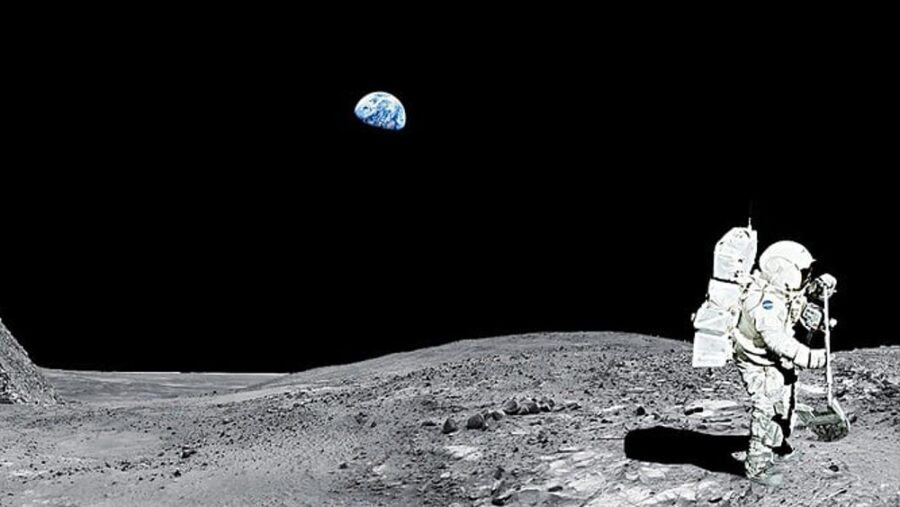
This news is terrific, as the existence of ice on the moon means that scientists can reliably use the hydrogen and oxygen found in the water supply to synthesize things like medicine, food, and most importantly, rocket fuel. Fueling is one of the most difficult aspects of rocket science to account for, as the weight of the fuel needed to traverse long space hauls create a mathematical nightmare for engineers. If large reservoirs of ice on the moon are discovered, this could essentially turn a lunar vessel into an intergalactic gas station, allowing mankind to reach heretofore unthinkable distances in outer space.
Ice On The Moon And Refueling
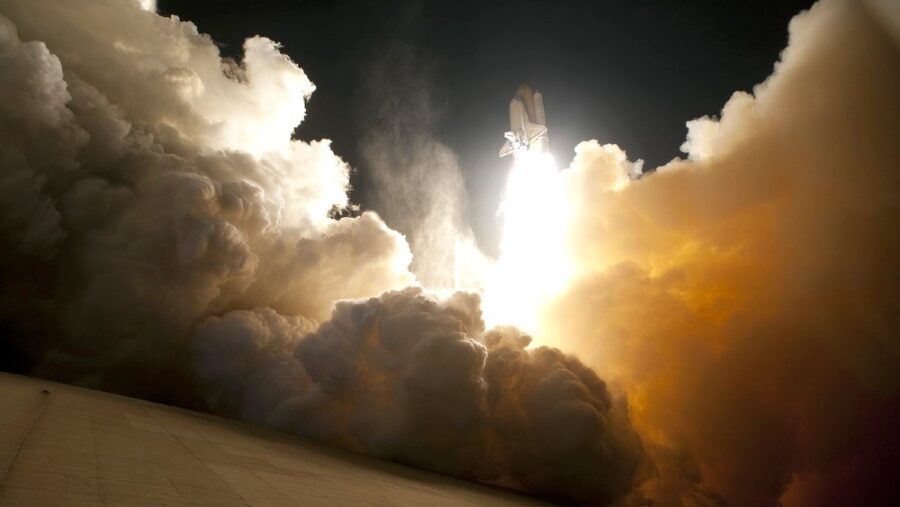
For now, the furthest any human being has travelled from the Earth’s atmosphere is 248,655 miles, when Apollo 13 astronauts Fred Haise, James Lovell, and Jack Swigert navigated around to the dark side of the moon. Despite years of scientific research and data collection, no man has ever traveled to another celestial body such as Venus or Mars. With the ice on the moon used to refuel, this could provide enough energy for astronauts to make it to even further destinations.
Growing Plants In Space
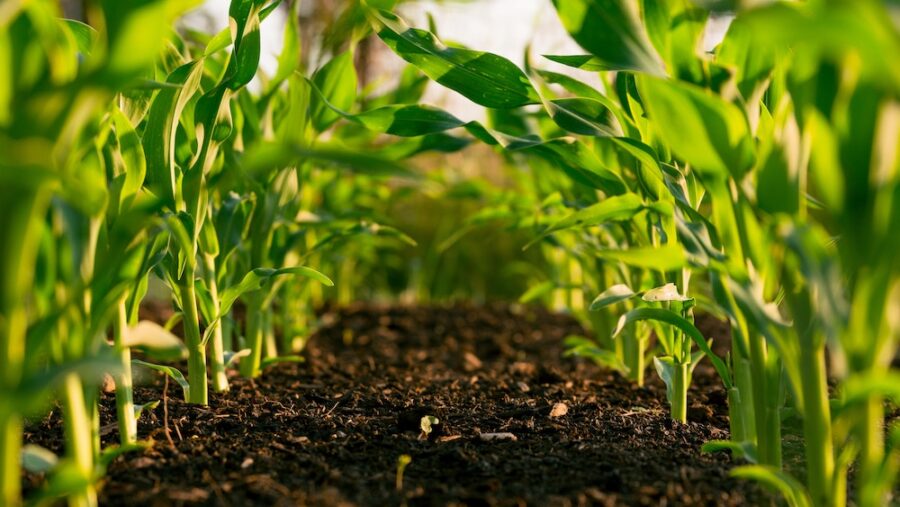
Additionally, recent reports indicate Chinese astronauts have conducted a successful experiment to grow fresh vegetables in outer space, making these plants the first of their kind. If scientists are able to create produce and synthesize fuel thousands of miles from Earth’s atmosphere, that would remove some of the most daunting factors of interstellar traversal.
India’s unmanned Chandrayaan-3 lander has been studying a number of factors, including the potential existence of ice, on the moon’s surface since August when the machine landed on the moon’s South Pole.
More Moon Rovers
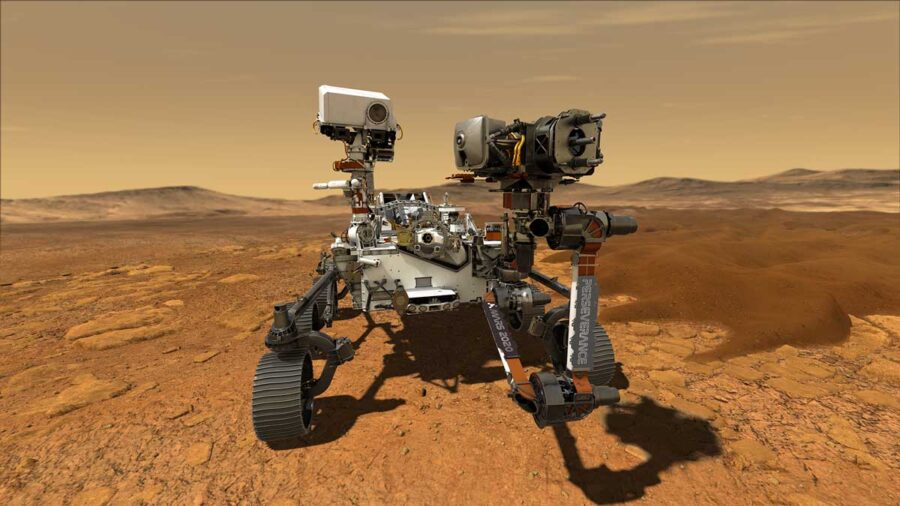
If ice does exist on the moon in mass quantities, scientists suspect it could only be contained in permanently shadowed zones of the satellite, as the radiation from the sun bouncing off the illuminated surface would provide too hostile an environment for the substance.
With the latest data showing promising results, NASA has begun ramping up efforts to put more unmanned rovers on the moon, as well as a potential plan to put humans on the surface for the first time since 1972. The Artemis III mission seeks to put astronauts back on the surface with advanced research tools to study ice deposits, while the Commercial Lunar Payloads Service will send multiple rovers to the moon as early as next month.
The New Space Race
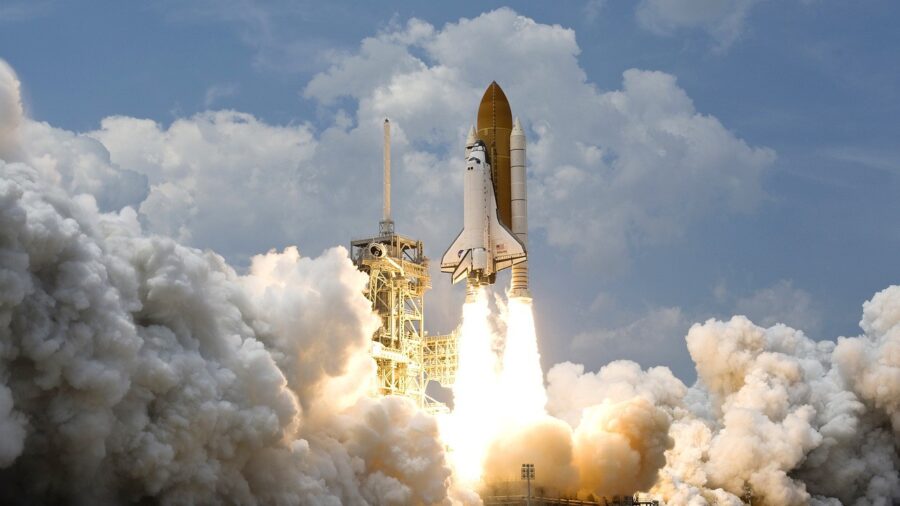
Though the space race of the Cold War era seemed to have petered out with the fall of the Soviet Union, recent extraterrestrial findings seem to have reinvigorated the international space science community, with multiple nations pledging to put both humans and unmanned vessels alike on the moon. If there truly are glaciers packed full of usable ice on the moon, they’ll almost certainly be discovered in full very soon.












